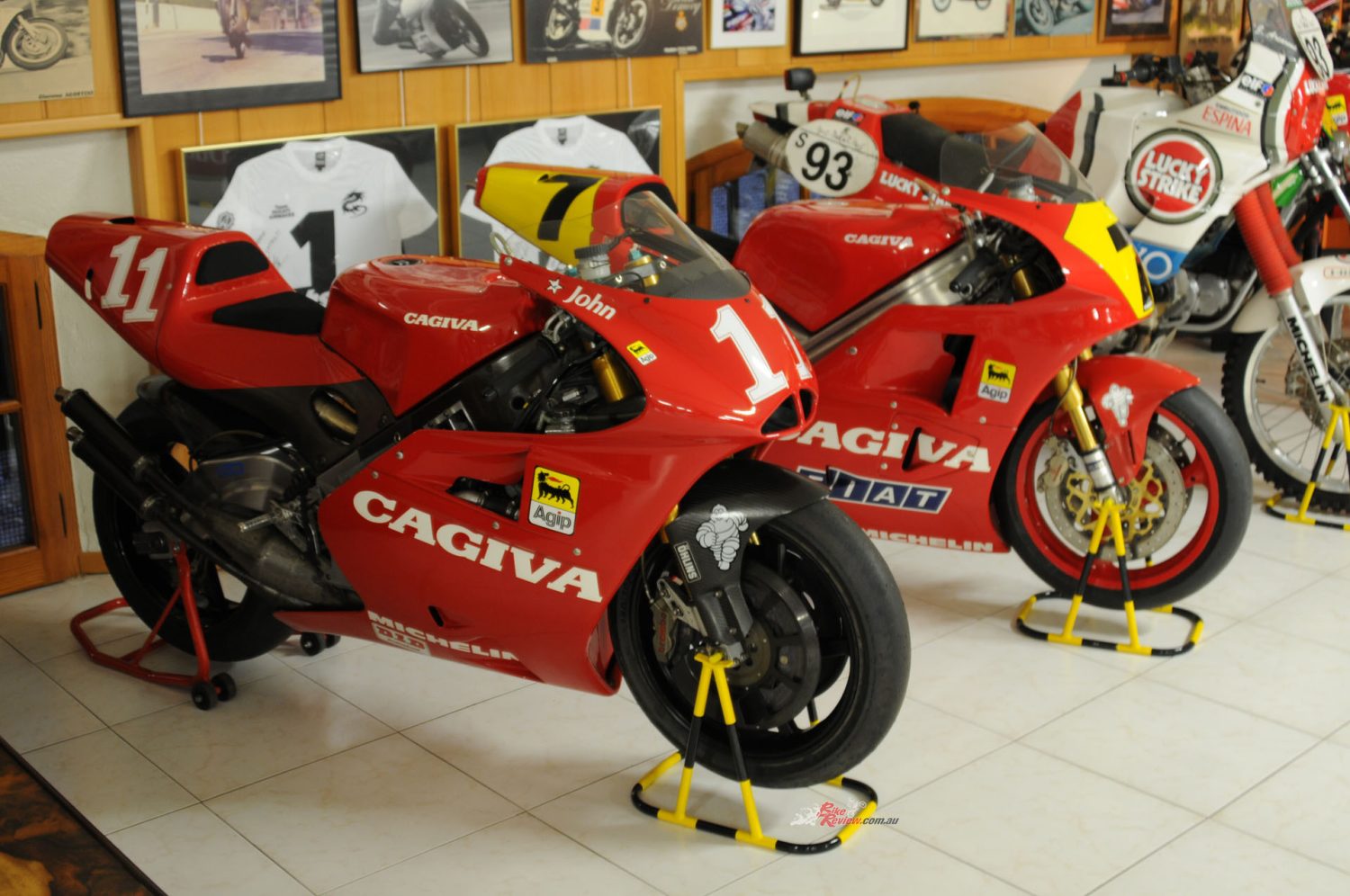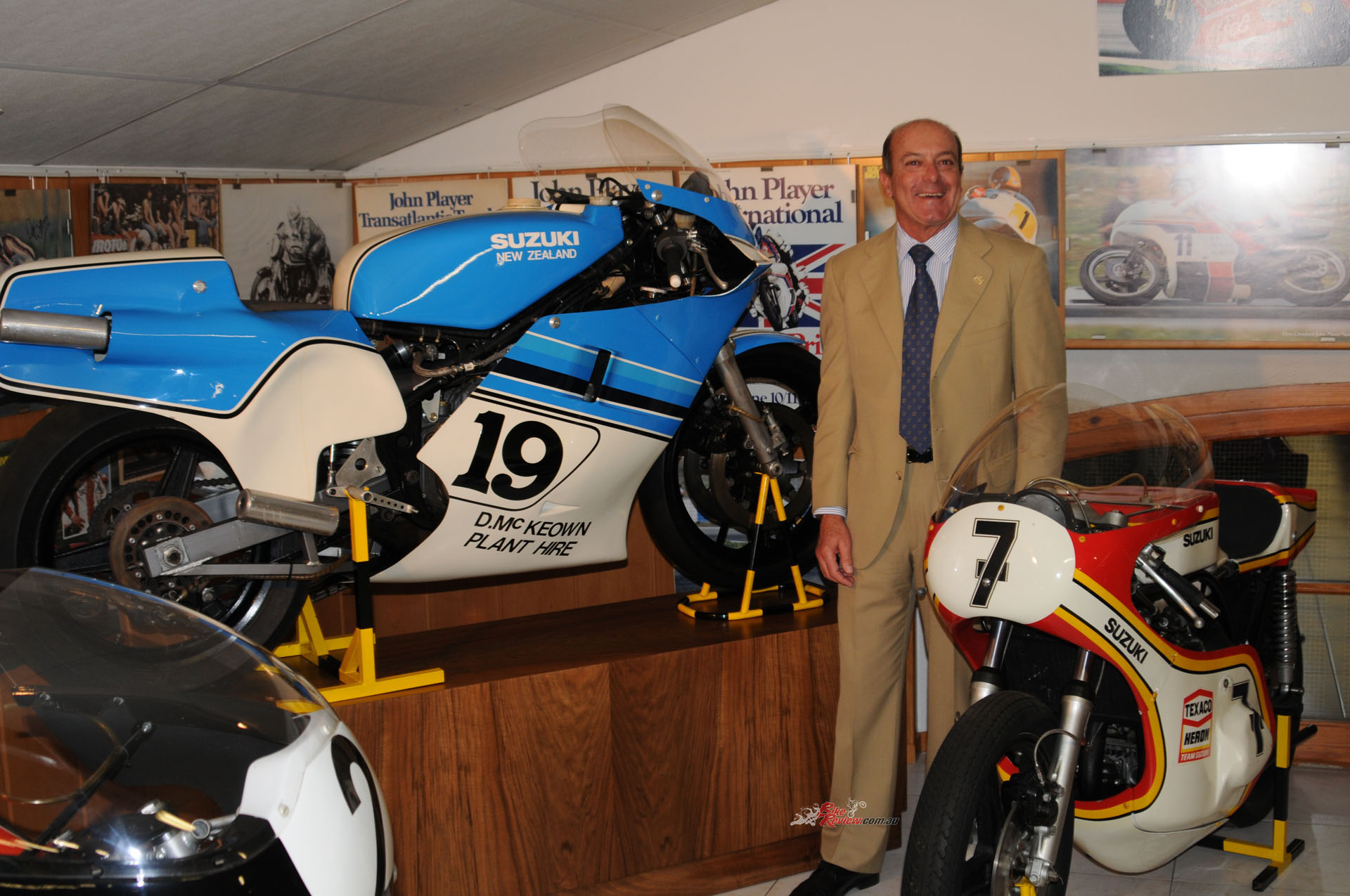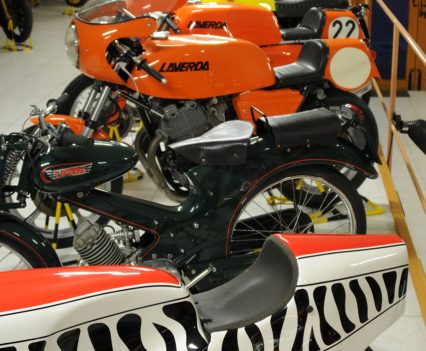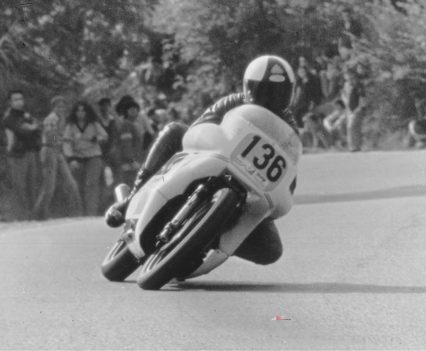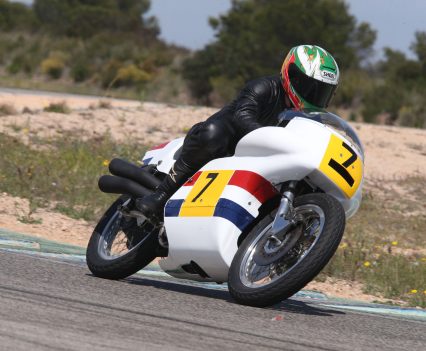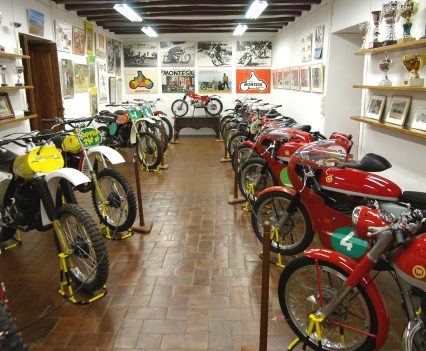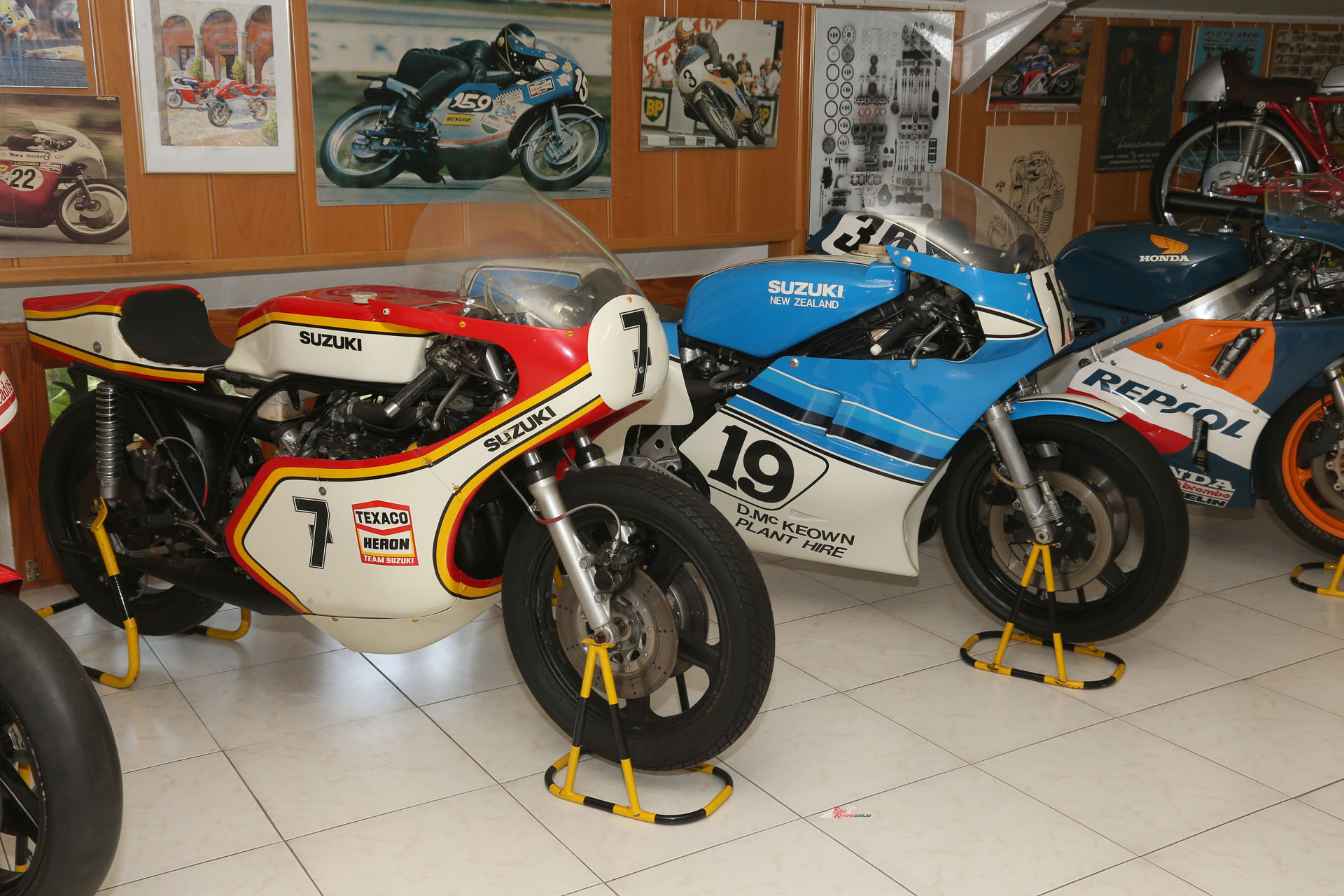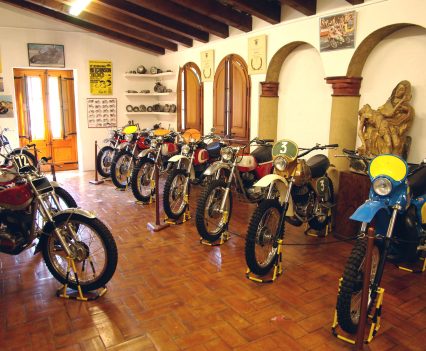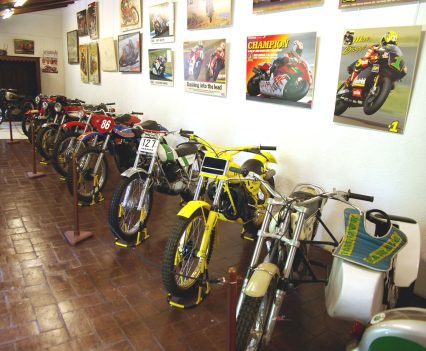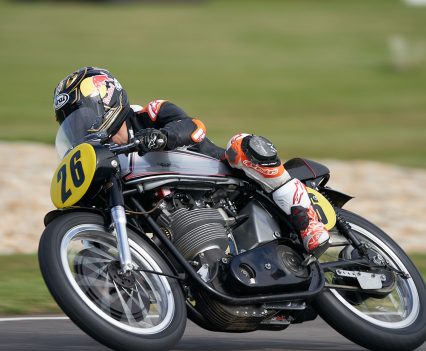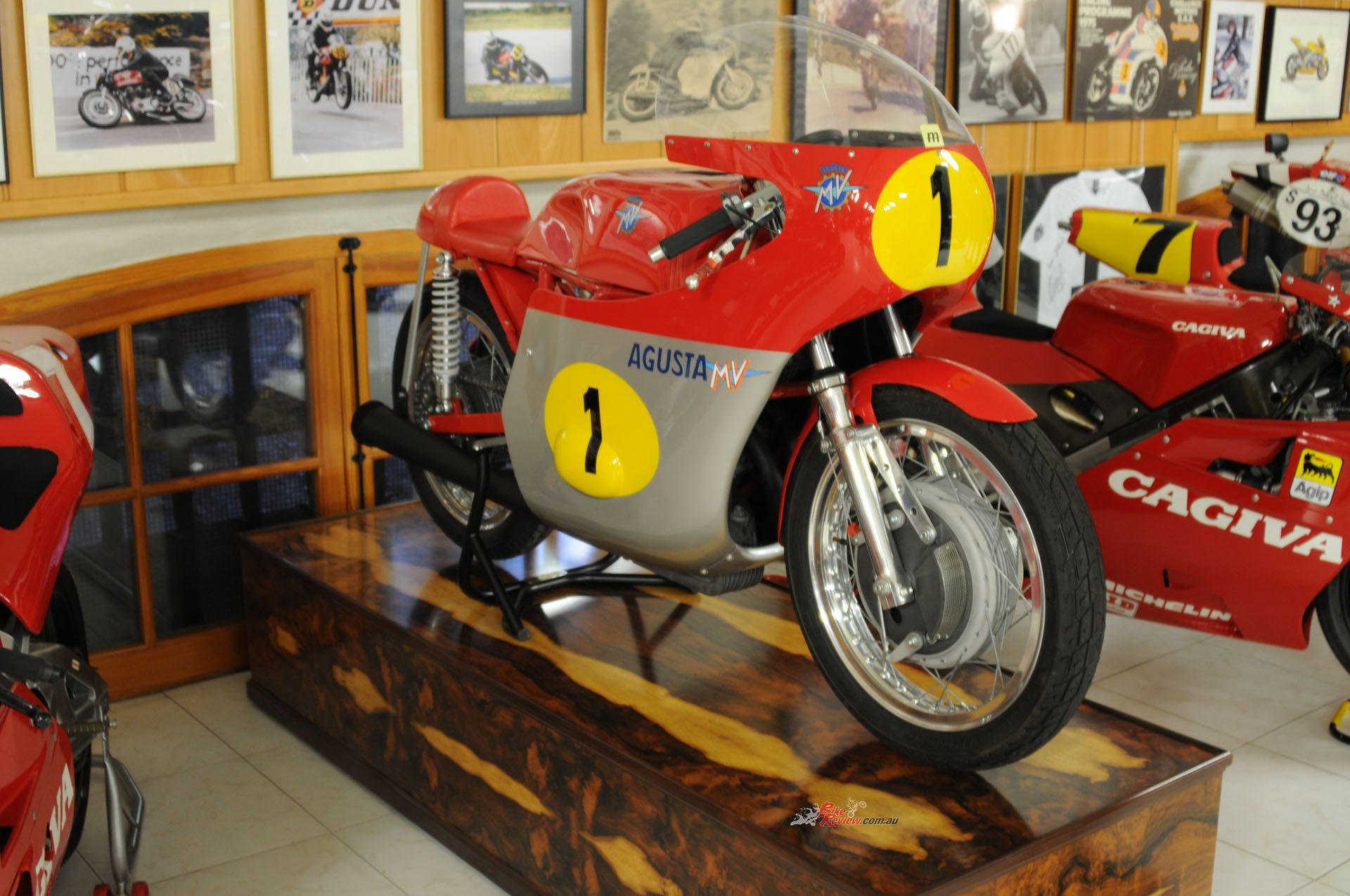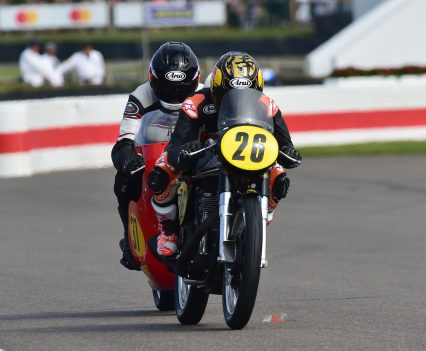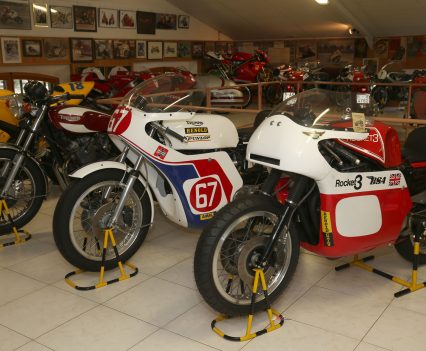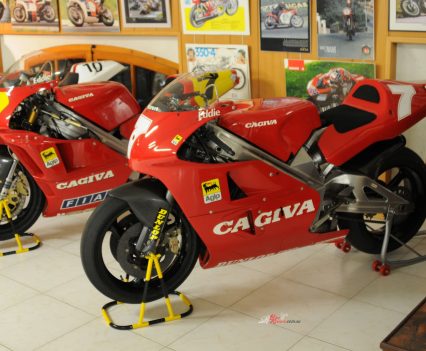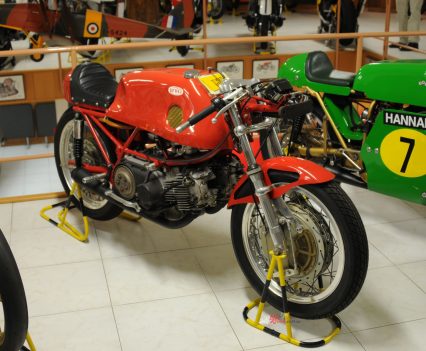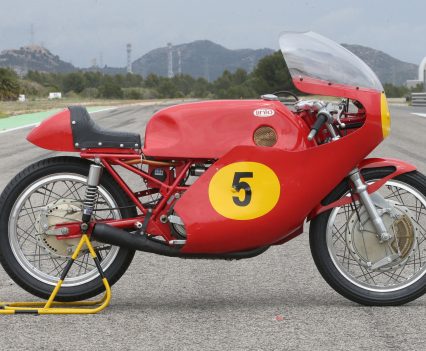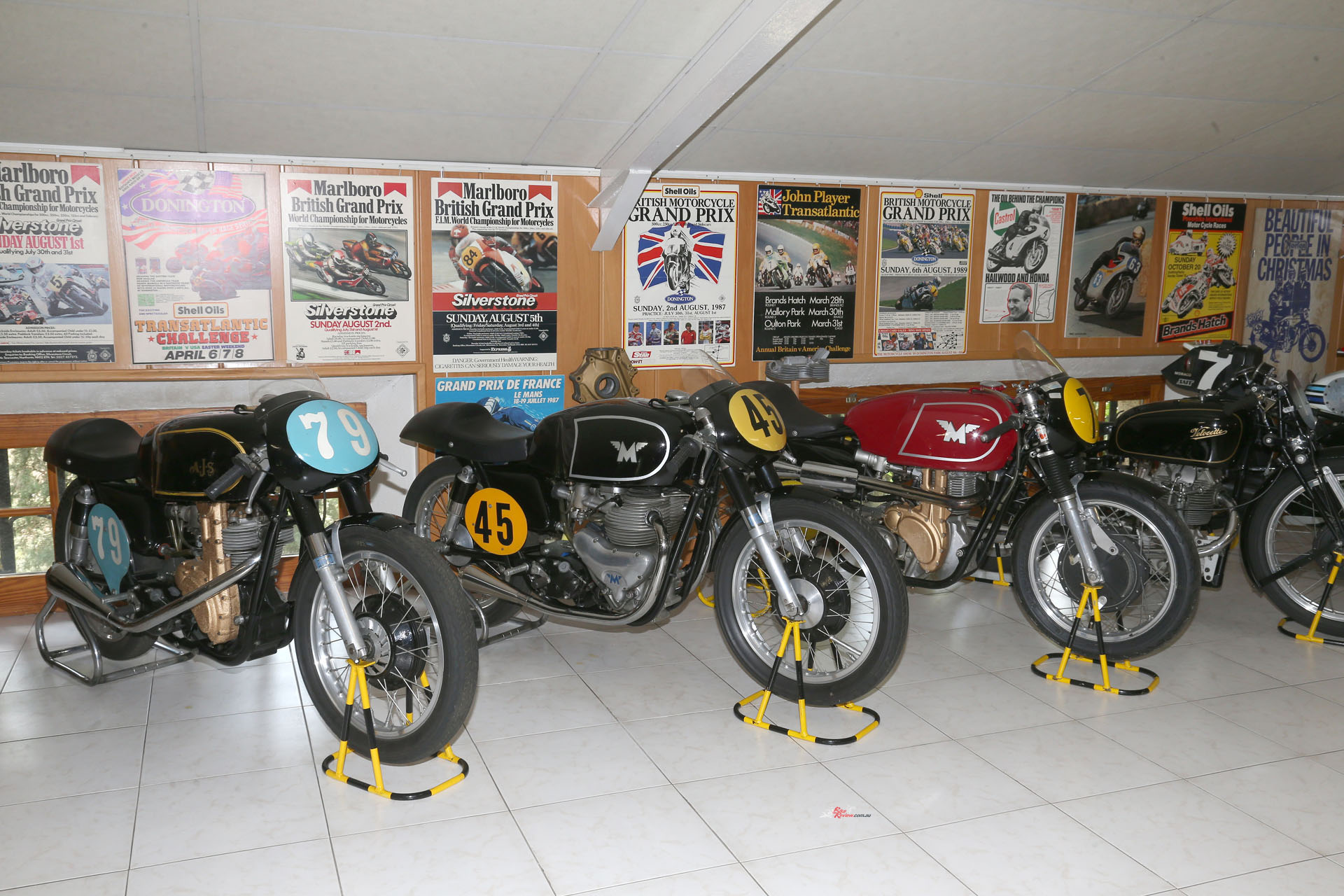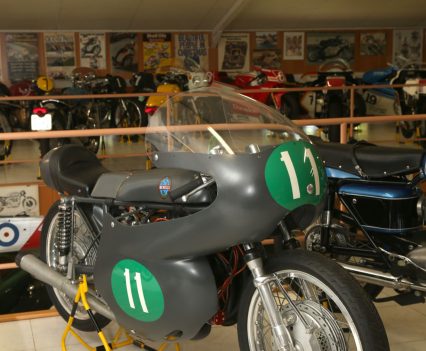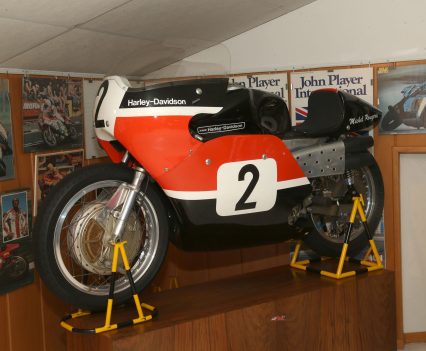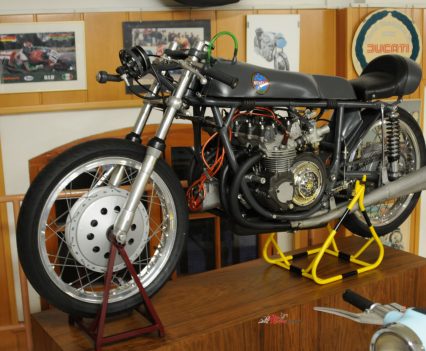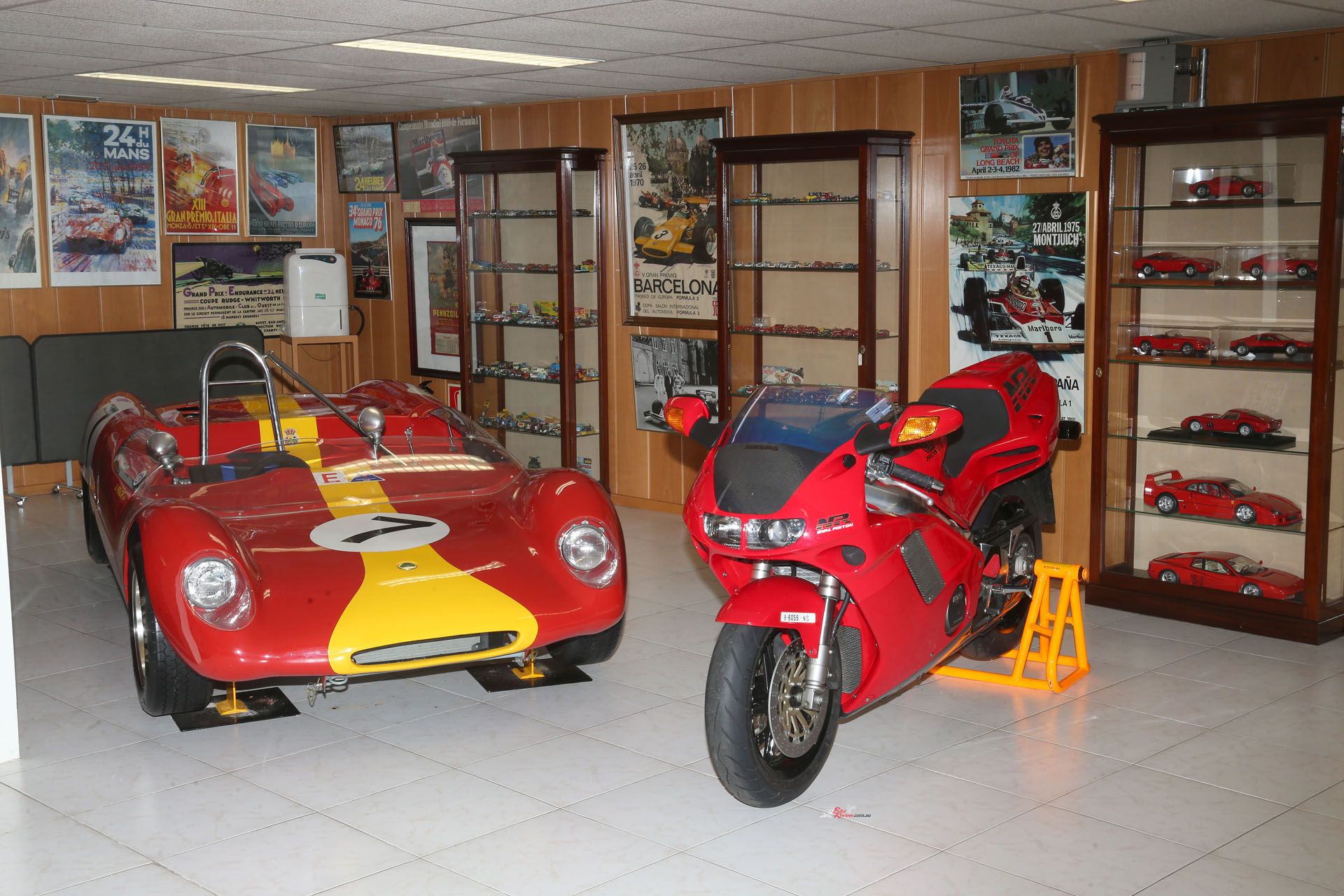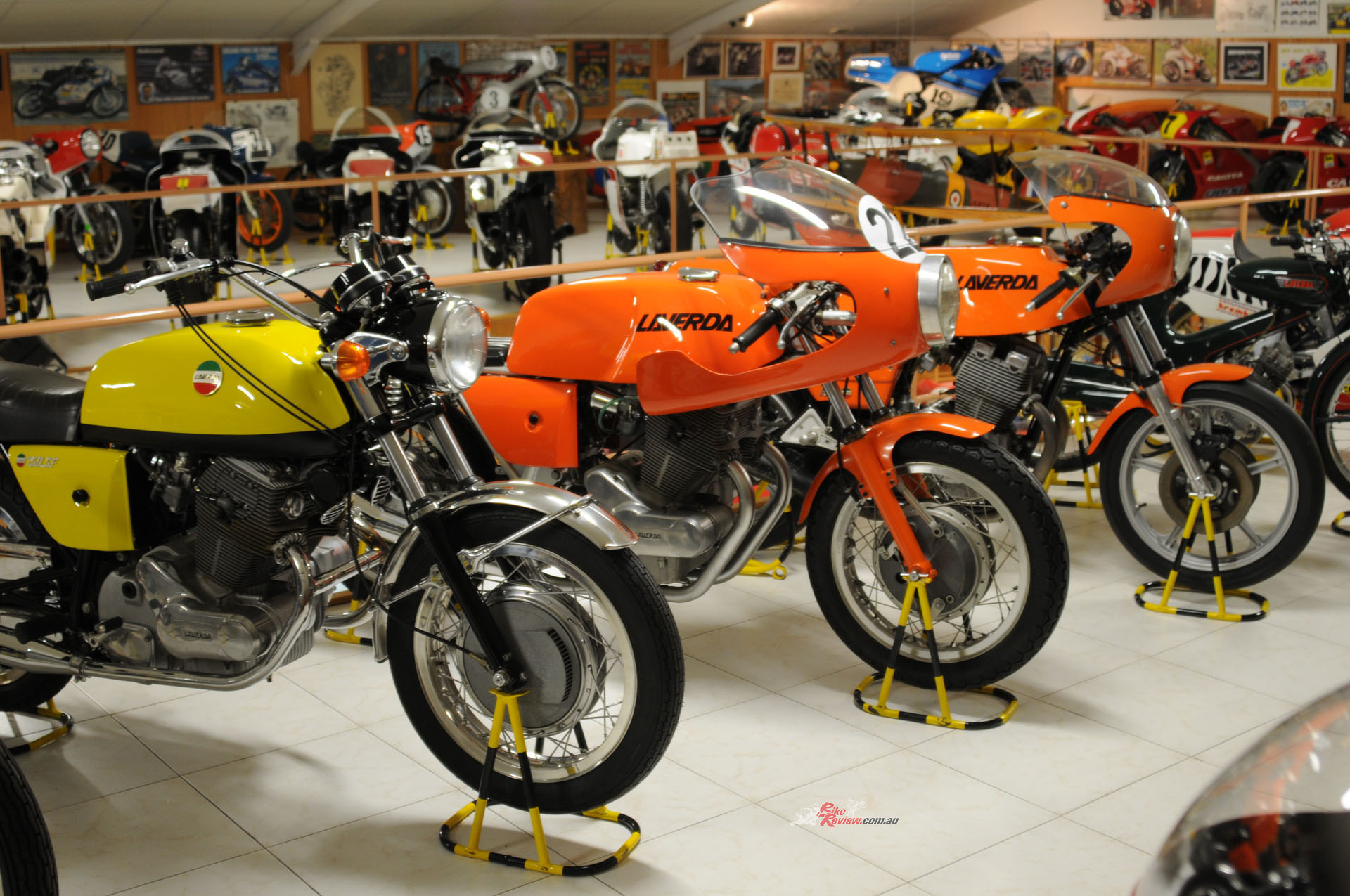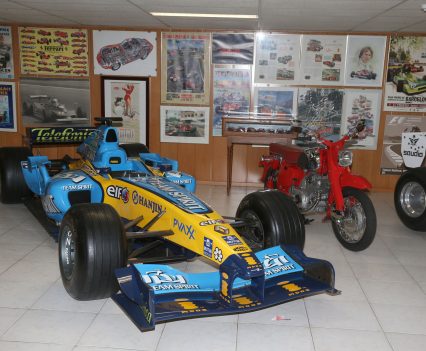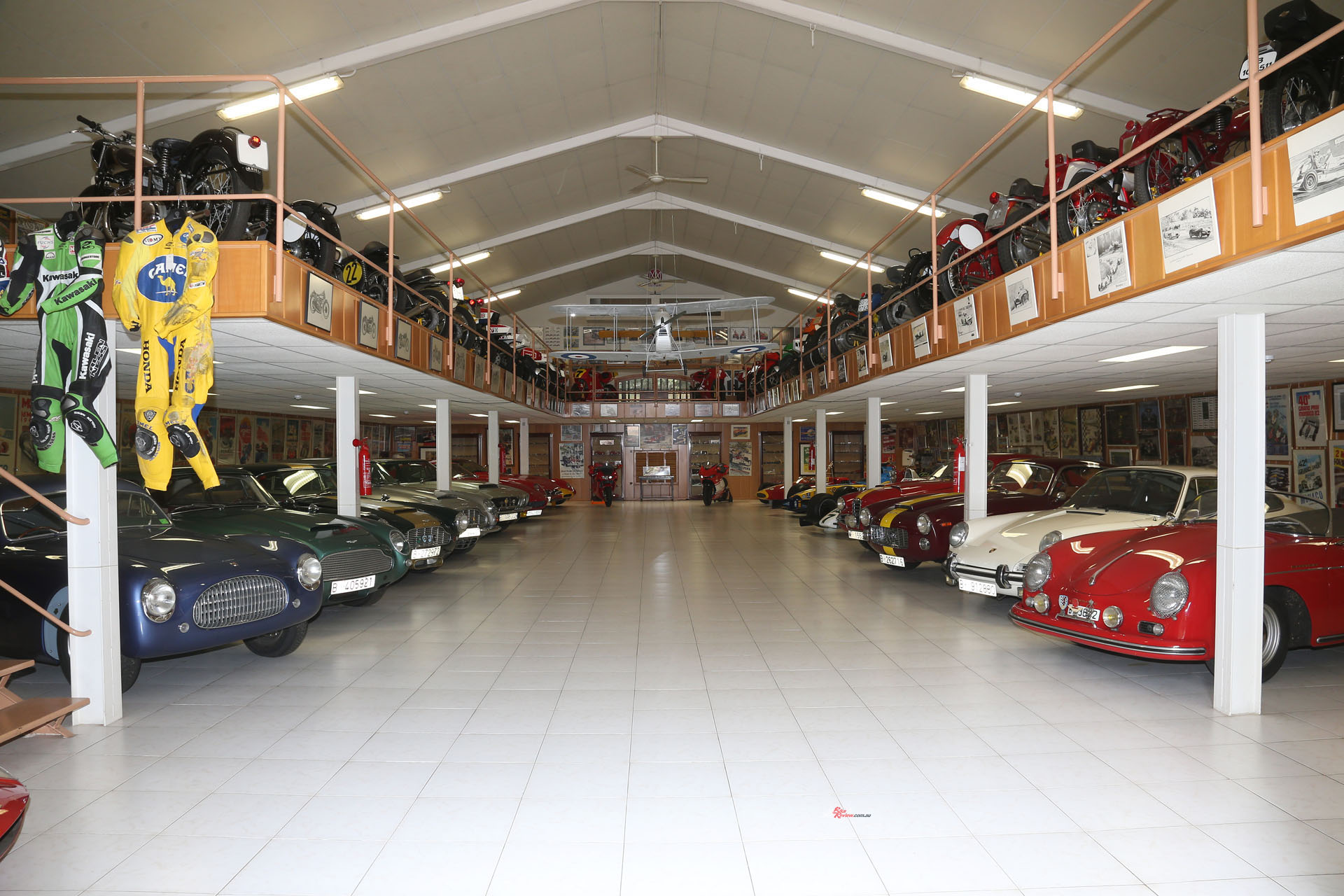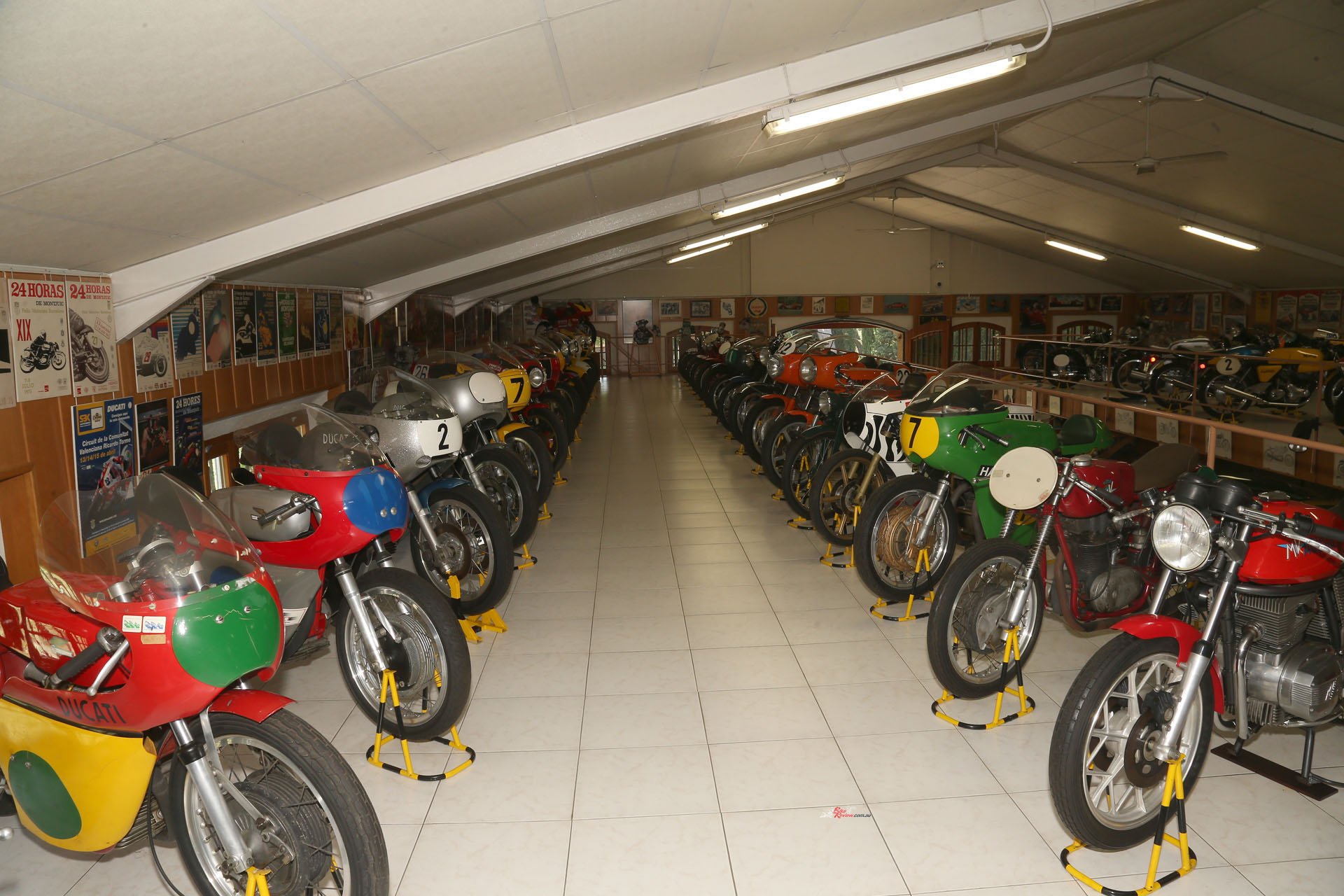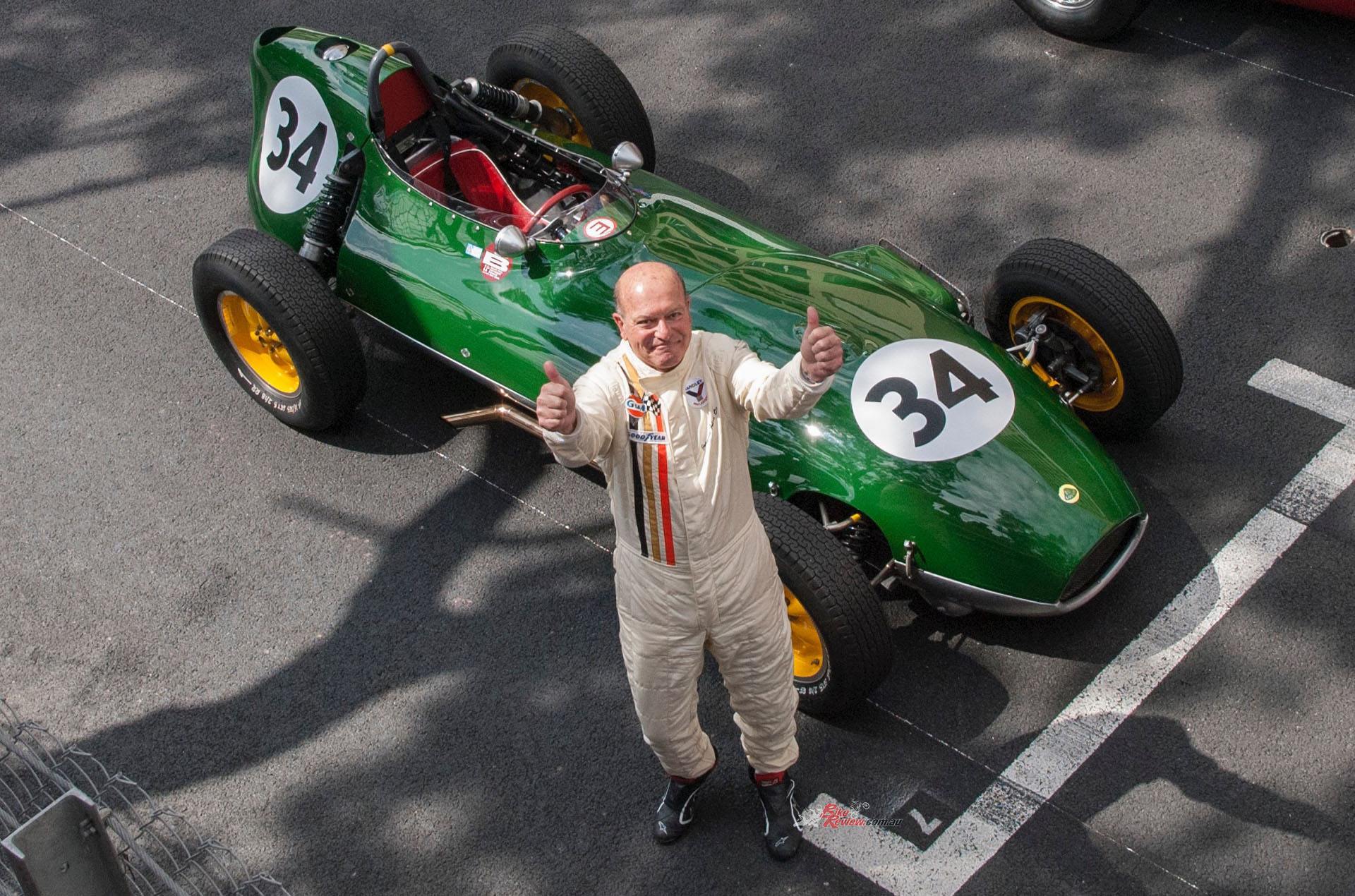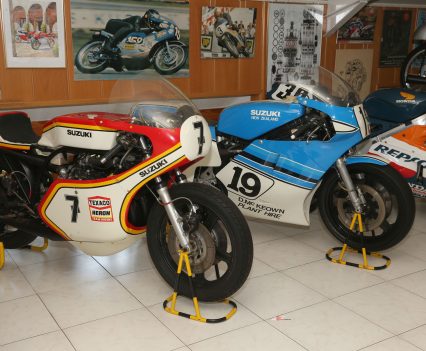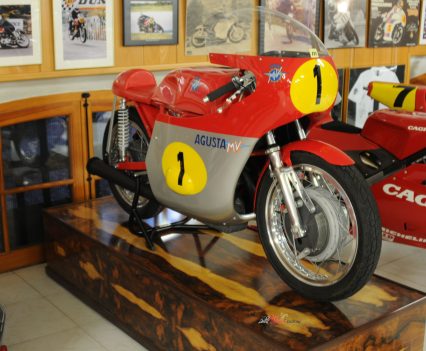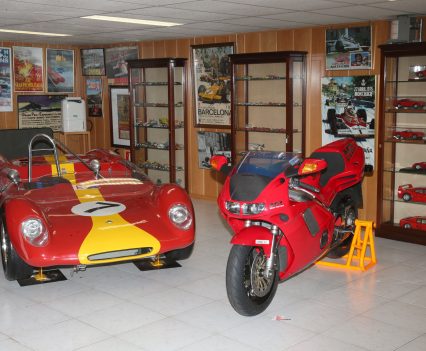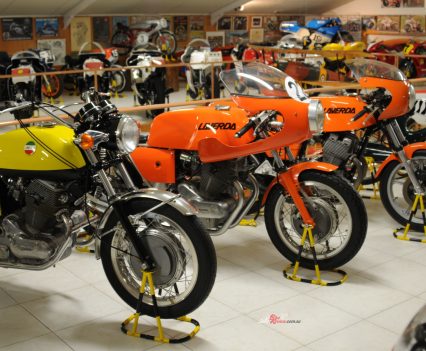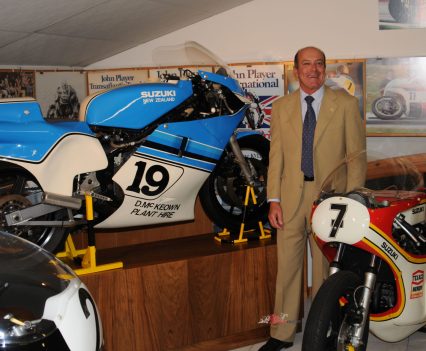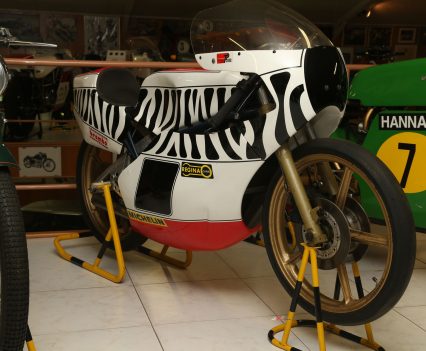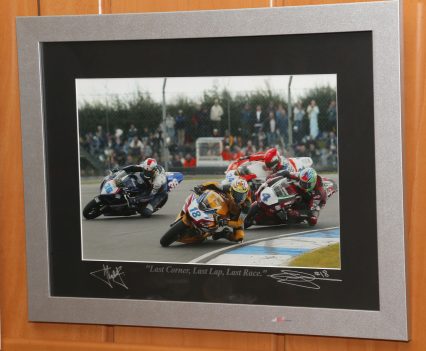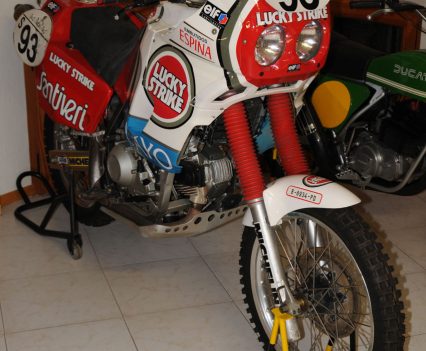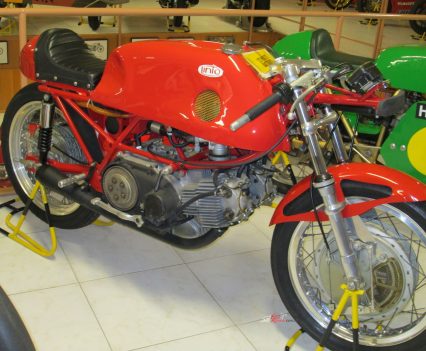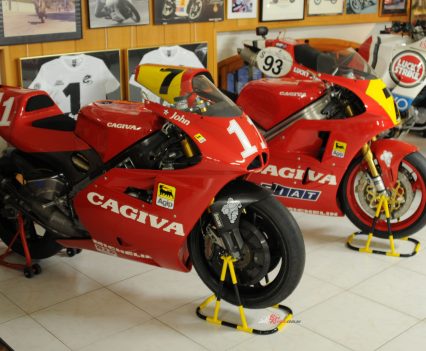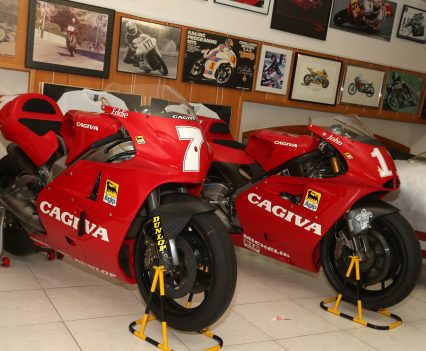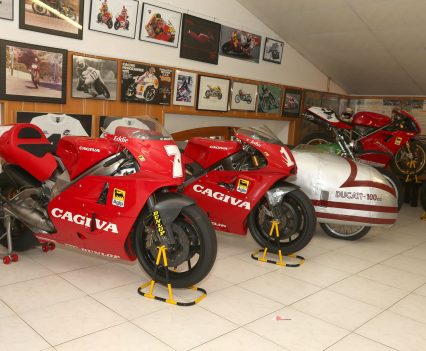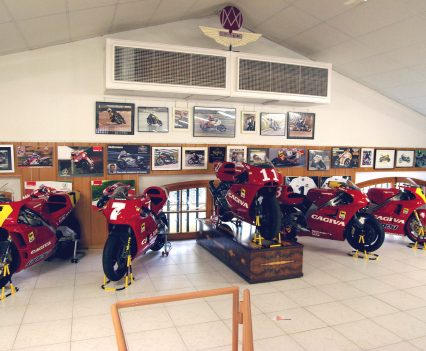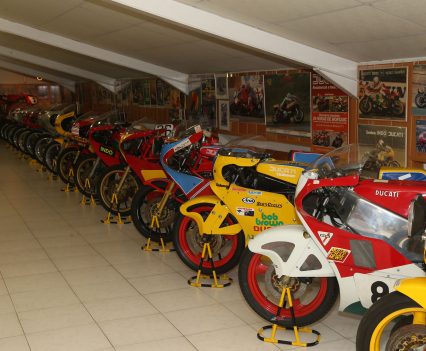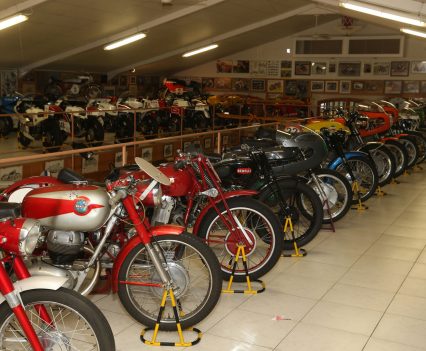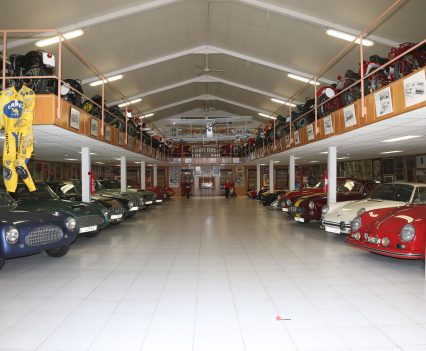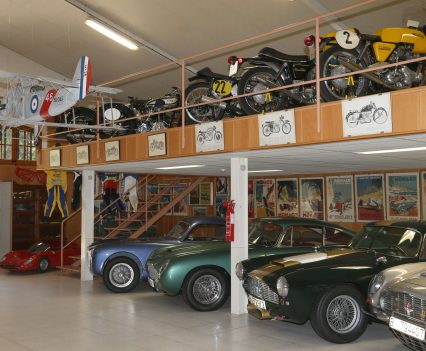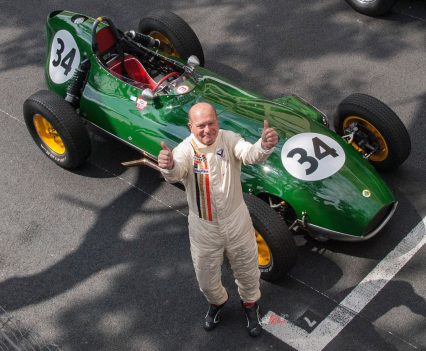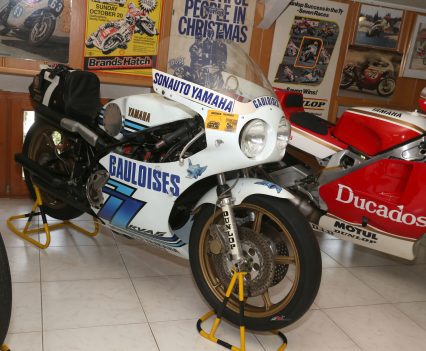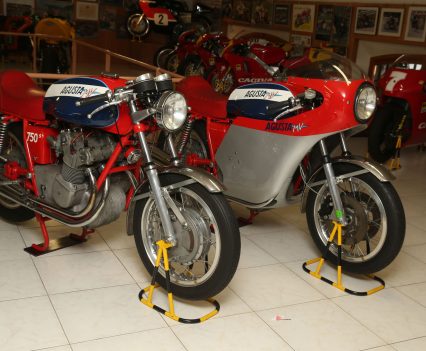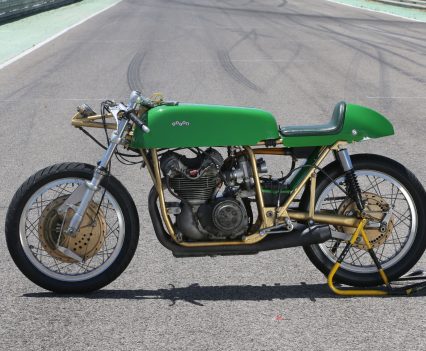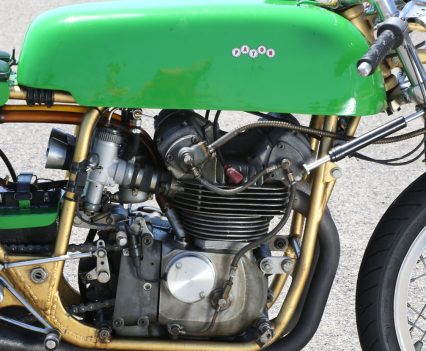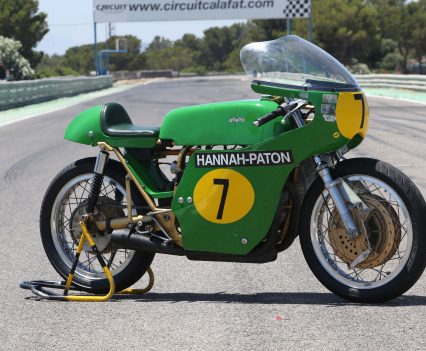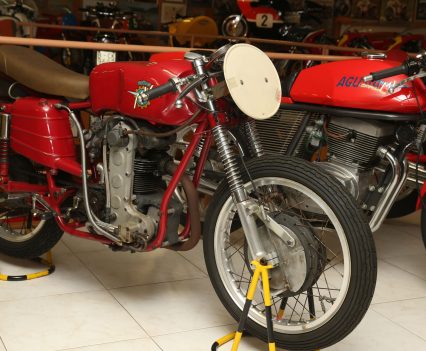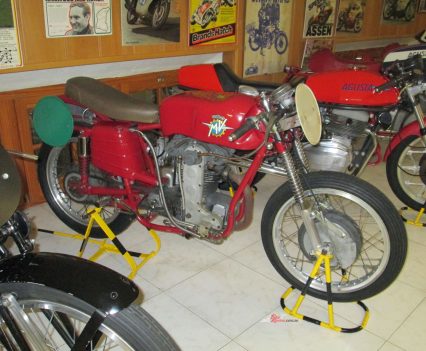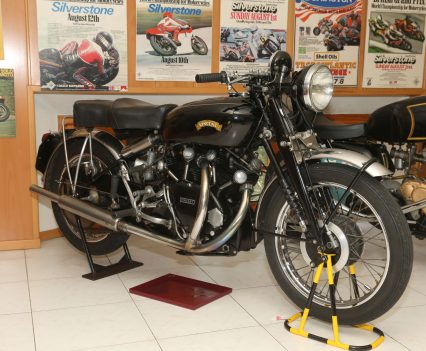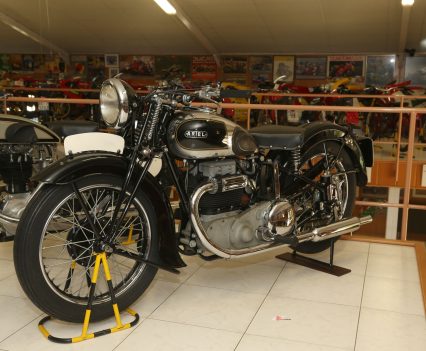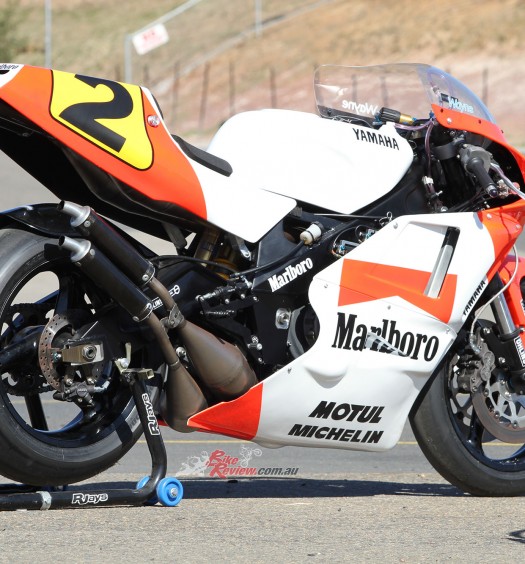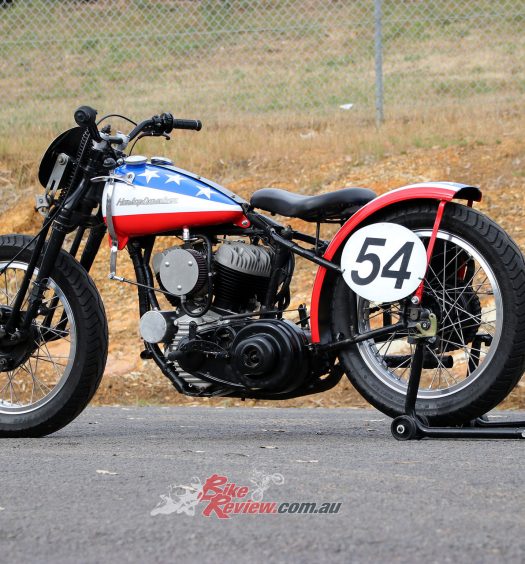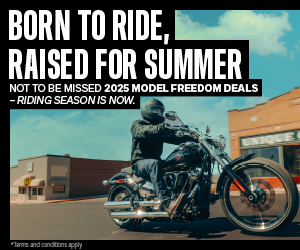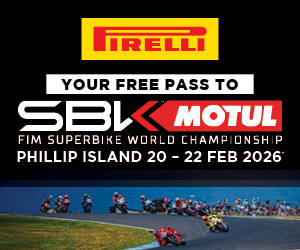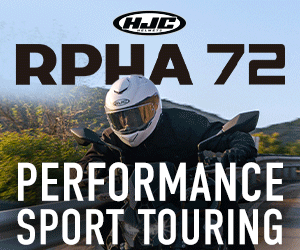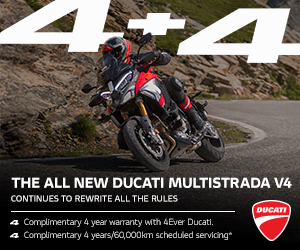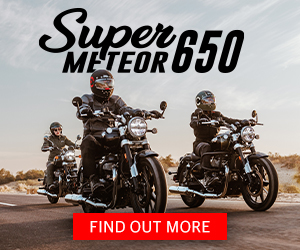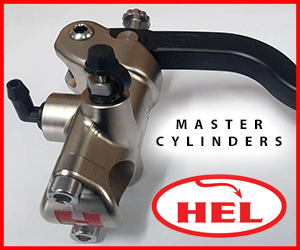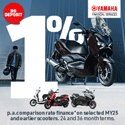Barcelona’s Joaquín Folch has created the stunning Colección Can Costa, a vast historic bike and car collection, while also excelling as a multiple Historic GP champion on both two and four wheels... Photos: Kel Edge, Jim Scaysbrook
Joaquín Folch, Barcelona-born collector and racer, has built the extraordinary Colección Can Costa of preserved historic bikes and cars displayed in a stunning country estate. Beyond collecting, he’s a multi-time Historic GP winner on two and four wheels…
To assemble a world-class collection of historic bikes and cars, is already a significant achievement. To display the contents so magnificently in a lovely country house just half an hour from the centre of one of Europe’s great cities, is another. But to be supremely skilled at riding or driving various items from this collection in competition, to the point of winning not only your home country’s Historic GP on two wheels, but also on four becoming the official FIA Historic Formula 1 Champion three times in a supporting series to current F1 GPs, is truly exceptional. But the modest, cultured, but also skilled and determined Barcelona-born Joaquín Folch is a man made from quite outside the conventional mould.
Joaquín Folch’s collection is a masterpiece of historic bikes and cars…
Apart from his closest friends, amongst whom I’m proud to number myself, few are aware of the scale and calibre of the Colección Can Costa (named after the property housing it) amassed by Joaquín, 71, over the past 50 years. It’s not open to the general public, as much for security reasons as anything – but as against that a high proportion of the 350-plus cars and bikes in it are in running order, and many are frequently raced or demo’d for fans to see and hear them in action again, either by Joaquín himself or by his equally bike-mad eldest son, Joaquín Jnr.
Or by guest riders like – well, how about three-time World champion and ex-Honda MotoGP star, Dani Pedrosa? Or former World Superbike champion, Carlos Checa. Each of them made his Classic racing debut by teaming with Junior to race in the Goodwood Revival aboard one of the collection’s Manx Nortons, and Carlos is lined up to repeat the experience in this year’s race on September 12-14. The bug has bit!
While still today an ardent motorcyclist, after a decade of racing his 1961 Matchless G50 in UK Classic events and Historic GPs in the 1980s, Joaquín Snr. switched mainly to cars in the 1990s – though for several years he was the only person to race both cars and bikes on the same day at the Goodwood Revival. On four wheels, Joaquín became a regular front-runner in cars like his delectable 1954 Maserati 250F formerly raced by Spain’s Paco Godia, who twice finished fourth with it in 1956 in the Nürburgring and Monza F1 GPs.
Or his 1981 ex-Nelson Piquet F1 World title-winning Brabham BT49, a car he finally acquired himself after a decade of racing it for previous owner Bernie Ecclestone, and with which he won the F1 Masters title outright in 2012. Besides these, he regularly competes in his 1969 Scuderia Montjuic Ford GT40, or his 1973 ex-Emerson Fittipaldi McLaren M23, or his 1959 front-engined Lotus 16. Or his 1952 V8 Pegaso Z102 Touring, which he and I twice co-drove together in the Mille Miglia, retiring the first year with a broken water pump in Rome, but splashing our way through constant downpours in Year Two to arrive back in Brescia after a gruelling run.
He’s a rare champion on both two and four wheels…
That’s in between Joaquín bringing his 1973 ex-Peter Williams TT-winning John Player Norton Monocoque back to the Isle of Man to ride himself in the TT Parade, or demo’ing his 1969 Montjuic 24 Horas-winning works Bultaco 360cc two-stroke single for Spanish fans to see and hear in action again, with its machine-gun crack from the exhaust. That, by the way, is one of the unique array of Bultacos in the Colección Can Costa, comprising at least one example of the more than 50 different models emanating from the Barcelona factory during its 1958-1983 lifespan – bar one, the 1976 125cc Monocoque GP racer. Don’t bet against one of the three such bikes made finding its way to Can Costa sooner or later….
I first met Joaquín Folch, then working in London’s banking industry, at the CRMC’s [Classic Racing Motorcycle Club] first-ever race meeting at Snetterton in August 1980, when I and my wife Stella and a group of our friends got Classic racing started in the UK. Seeking me out with his wife Virginia, Joaquín humbly wondered if the three John Player Nortons he had in his garage, a 1972 pannier-tank model and two ‘74 spaceframes he’d acquired in 1978 from the Spanish importer when Norton went under, were too modern for the CRMC to cater for. I think you can guess what I told him!
This was the start of an enduring friendship which led to us founding Past Perfect Racing in 1983 to contest CRMC and other Historic race events around Europe – Joaquín on the Matchless G50 he acquired to do so, I on my ex-Fred Stevens 1966 Paton 500, with my own G50 as the spare bike for both of us. After I founded IHRO/International Historic Racing Organisation in 1986 to stage half a dozen Historic GPs each year as a support act to World Championship 500GP races, with Guernsey’s guru of race preparation Maurice Ogier wielding the wrenches we followed this modern day equivalent of the Continental Circus for three marvellous seasons – until Joaquín’s father Alberto tragically passed away from leukemia in 1989. This meant my teammate had to renounce bike racing after taking over the reins of the Folch family’s substantial business empire, including Spain’s largest paint manufacturer Titán, as well as copious other property, financial and business investments.
Racing bikes became a no-no for Joaquín for insurance reasons, but cars were another matter, so since his late father had formerly been the Lotus importer for Spain, Joaquín began racing a 1963 Lotus 23B sports prototype, with which he duly won the 1993 European Historic Championship – a feat he repeated in 1994. He then moved on to open-wheel racing, and after a season in Formula Junior (with five wins out of seven races) moved up to Formula 1, starting with the ex-Elio de Angelis 1982 Lotus 91, before obtaining the Williams FW 08 with which Keke Rosberg had won the Formula 1 World title that same year. With this he became a regular winner in F1 Historic racing, before he began racing the Brabham BT49 for Bernie Ecclestone.
He still races the Brabham and other cars nowadays, though less intensively, but has passed the Folch family’s bike-racing baton to Joaquín Jnr. He’s a fast, safe rider who, 35 years after I first went racing together with his Dad, teamed up with me to finish 10th of 30 starters in the 2018 Goodwood Revival on our 1953 long-stroke Manx Norton, one place behind Freddie Spencer on a similar bike. This had flouted the Franco-era ban on imported motorcycles by entering Spain through the back door known as Gibraltar, courtesy of local rider John Grace (real name: Juan Garcia!) who funded his GP racing campaign, as well as the life style of selected Spanish border guards, with such surreptitious imports. This Norton was one of Joaquín’s first acquisitions in the mid-‘70s, as the makings of his collection began taking shape.
Authenticity and passion drive every detail of Colección Can Costa…
It must however have seemed inevitable that Joaquín Folch-Rusiñol de Corachan, to give him his full name, should become a collector of some sort or the other. His grandfather, also named Joaquín, assembled a collection of over 13,000 specimens of rare minerals, recognised by the Smithsonian Institution as one of the finest in the world. Joaquín’s father Alberto also assembled an important collection, but of pre-Columbian and Oriental art.
So when Norton’s former Spanish importer Juan Antonio Rodés offered his entire stable of three JPN bikes and spares to Joaquín, a good customer who’d owned a succession of Commando twins as his everyday rides, including to his Industrial Engineering degree course at Barcelona Institute of Technology, it was the catalyst for starting a truly breathtaking collection that’s still growing today. On taking delivery, Joaquín then entered one of the spaceframe JPNs in the annual La Rabassada hill-climb scaling the hill overlooking Barcelona, and duly won his class [see photos]. He thus set the basis on which the Folch collection has expanded down the years: buy them – but then ride and preferably race them!
Still, it was only after moving to London that Joaquín became interested in Classic racing, and acquired the G50 Matchless that he raced throughout the 1980s with good success – he finished third in his first-ever 500cc race at Brands Hatch, which gives a good idea of his skills. “I immediately felt at home in England,” he says, “and I loved the way that older motorcycles were so much appreciated – BSAs, Nortons, Triumphs and suchlike, as well as Italian and German classics.
There were lots of bikes of the same age in Spain, but hardly anyone was interested in them. So I was able to build the basis of the collection pretty quickly, and quite affordably. I decided to focus on a couple of themes in doing so. The four main Spanish companies, Bultaco, Montesa, OSSA and Derbi had to be one target, and Formula 750 machines the other, using the John Player Nortons as the basis for that. I then added a third as they started becoming available, which is what I’ll call significant Ducatis. We have a total of 32 such bikes, including three winners of the Montjuic 24 Horas, as well as three racebikes Ducati doesn’t have itself in the Factory Museum in Bologna!”
One of those is a unique short-stroke desmo V-twin F750 racer, three of which were produced in 1973 by Ducati designer Fabio Taglioni – the Folch bike was ridden by Bruno Kneubühler in the Imola 200, then later shipped to Spain to win the 1976 Spanish F750 Championship in the hands of Benjamín Grau. The other two are both parallel-twins – one the valve-spring (so, not desmo) 175cc prototype raced in the 1957 Motogiro by Leopoldo Tartarini, later transformed into a 250GP racer by the Villa brothers, and the other the 1958 triple-camshaft desmo twin on which Franco Villa finished 3rd in the 1958 Italian GP at Monza. It’s one of the unique trio of 125GP Ducatis in the Colección, alongside desmo and valve-spring singles.
Can Costa showcases over 350 meticulously preserved classic motorcycles and cars….
The Colección Can Costa is housed at the Folch family’s country estate of that name, a half-hour drive from the centre of Barcelona thanks to the tunnel conveniently bored through the mountain for the 1992 Olympics – previously it took an hour to get there along switchback hillside roads! This beautiful property, a working farm with historic buildings, was purchased by Joaquín’s grandfather in 1955. During the 1960s, Alberto Folch was the Spanish importer for Aston Martin, so six of these are lined up on display – a DB4, DB4GT, DB5, DB6, a V8 and a Vanquish. Ferraris, anyone? A 365 GTB/4, a 275GTB/2, a 275GTB/4 and an ex-Carlos Reutemann F1 312/T3 comprise the Cavallino corner, flanked by several other Classic cars – including Joaquín’s wife Virginia Folch’s Porsche 356 Coupe.
But it’s the bikes which comprise the main focus of the Colección Can Costa. Each of the several meticulously presented buildings – two of which were purpose built, with one of them housing the restoration workshops and spares store presided over by head mechanic Carlos Boada – pays homage to a different marque of the Spanish motorcycle industry, and Joaquín plays an active role in that today, too. Besides being a main dealer for Ducati and Yamaha, his motorcycle company Corver is the Spanish importer for brands such as Sidi, Yuasa, Castrol motorcycle oil, Clover clothing and, since 1973, Shoei helmets.
He’s thus been instrumental in supporting the careers of several top Spanish GP riders, most notably Bultaco founder Paco Bulto’s grandson, Sete Gibernau – a close family friend – and World champions Alex Crivillé and, today, Marc Márquez. Joaquin’s Yamaha connections also mean there are numerous examples of the Japanese marque in his collection, such as the 1990 works Paris-Dakar YZE750 ridden by Spanish champion Carlos Mas, and the ex-Juan Garriga 1992 factory Yamaha YZR500 V4.
Various sections, sometimes entire floors, in each of the Can Costa buildings are devoted to the most famous Spanish marques like Montesa, Bultaco, OSSA and Derbi, but there are lesser-known brands like Sanglas, Alfer, Merlin and many others. There are supporting exhibits, too – so, for example, the core business of the OSSA (Orpheo Sincroníc SA) company was the manufacture of film projectors, and there’s one of those next to the array of OSSA trials bikes, as well as a couple of the ultra-rare 175cc four-stroke Rally and Motocross racers built by OSSA in 1960 using Moto Morini engines.
There’s also a display of 25 JJ-Cobas racebikes designed by legendary Spanish engineer Antonio Cobas, from 125/250 Rotax-powered two-strokes which were initially called Siroko, then Kobas, then JJ-Cobas, through to 1000cc BMW K100 and Suzuki-engined Endurance racers. Ridden by Sito Pons, Carlos Cardús, Jorge Mártinez Aspar and Alex Crivillé – whose 1989 125cc World title-winning bike is here – these were amassed by Antonio’s sponsor Jacinto Moriana, the ‘JJ’ in the brand name. When he passed away 25 years ago his widow offered the bikes to Joaquín, and the superb display is a fine testimonial to the genius of the man who invented the modern-day twin-spar chassis format. Joaquín has also established a publishing arm of the Can Costa Foundation, which underwrites the publication of books covering the history of Spanish motor sport, including a superb biography of Antonio Cobas, the history of the Montjuic 24 Horas, and so on.
Racing and collecting blend seamlessly in Joaquín’s extraordinary motor heritage…
Although the fact that Joaquín’s hectic working life means he rarely has time any more to get his hands dirty working on his bikes, as he used to love doing, he still has an almost encyclopaedic knowledge of virtually every exhibit at Can Costa, including its history, and technical makeup. “I particularly enjoy researching the palmares (history) of each new bike we acquire,” he says. “It’s important to me that we only have genuine original motorcycles in the collection, not replicas. For that reason I’m reluctant to lend my bikes out for static displays, because it gives dishonest people the chance to measure them up to replicate them. That happened when I lent a JJ-Cobas BMW out for a display, and guess what? Six months later someone claimed to have ‘discovered’ the second one of the two such bikes made. He didn’t realise we also had the second one here in Can Costa – but that illustrates the level of deception people are sadly prepared to go to nowadays.”
There’s one exception to that ‘no replicas’ rule at Can Costa, and that’s the continuazione MV Agusta 500 triple, one of six built in the MV factory over a decade ago as copies of Agostini’s 1960s World champion bike, which was sold by Ago himself to former Mondial company owner Roberto Ziletti. This came to Joaquín as part of a deal with Ziletti which included the quartet of 500GP V4 Cagivas on display at Can Costa, alongside the ex-Garriga Yamaha YZR500, and the Suzuki RGB500 with which Kiwi Dennis Ireland won the 1982 Senior TT in the Isle of Man. Joaquín Jnr. and teammate Ivo Viscasillas rode the MV in the 2017 Goodwood Revival, but were slower on it than the Manx Norton they’d ridden the previous year. It sounded great, though!
Joaquín Folch has assembled the Colección Can Costa with careful attention to authenticity, and his restoration team headed by Carlos Boada consistently strives for accuracy. As you can see from the photos illustrating this piece, the magnificent presentation of the exhibits, surrounded by related posters and trophies with conspicuous attention to detail, makes the Colección Can Costa one of the finest assemblies of desirable and historic motorcycles anywhere in the world today – and one that’s continually expanding as other machines become available.


